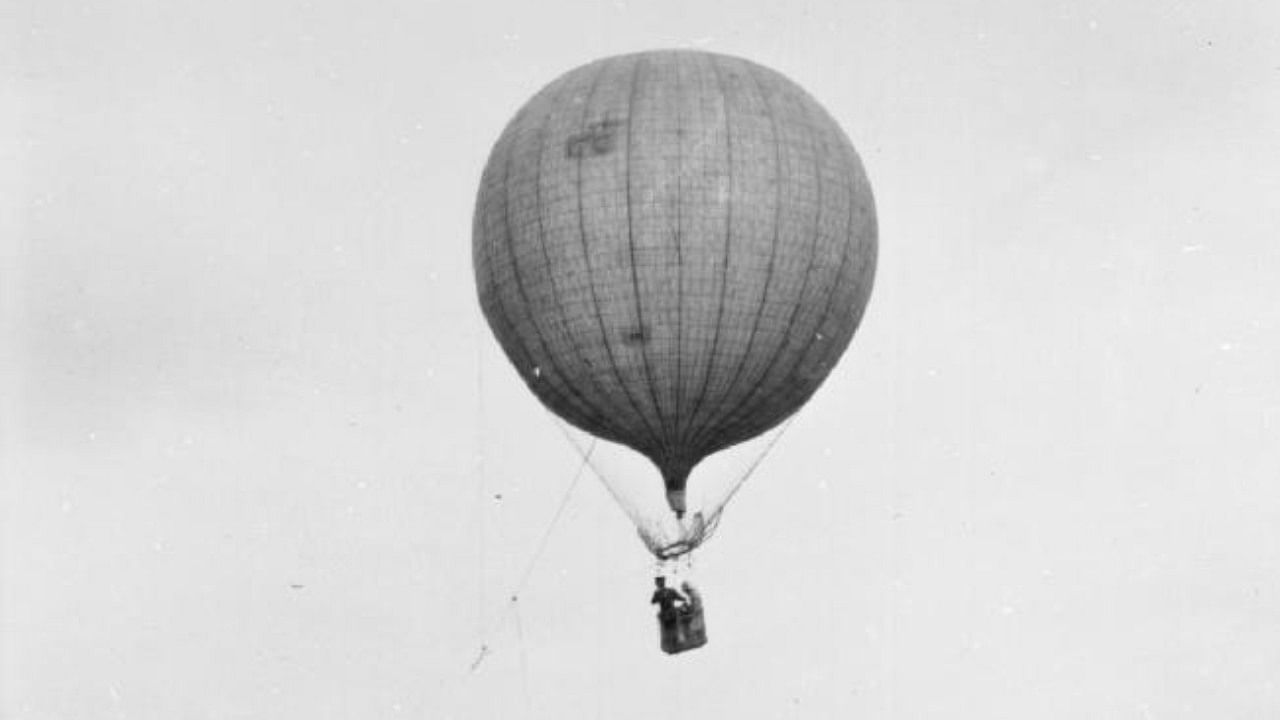
Days ahead of US Secretary of State Antony Blinken's planned visit to China, the Pentagon on Friday alleged that a Chinese spy balloon the size of "three buses" was spotted over US airspace, adding further tension to increasingly fraught ties between the two superpowers.
In the age of high-tech drone-based aerial reconnaissance and spy satellites, a spy balloon does come off as an unorthodox choice for espionage, but the use of high-altitude balloons for surveillance is a tried-and-tested method that goes back over a century.
What exactly is a spy balloon?
A spy balloon or an observation balloon is, as the name suggests, a hot air balloon purposed for surveillance.
While earlier observation balloons would have men in binoculars carrying out manual reconnaissance, modern-day observation balloons typically carry espionage equipment such as cameras and other sensors.
They typically operate at altitudes of 80,000-120,000 feet, well above the altitudes at which commercial airlines operate.
When did spy balloons come into use?
First used during the Battle of Fleur in the French Revolutionary Wars, observation balloons came into mainstream military use during the American Civil War in the 1860s.
A little over half-a-century later, the use of observation balloons for military purposes peaked as both sides in World War I resorted to the widespread use of these devices for guiding long-range artillery.
During World War II, the Japanese weaponised hot air balloons to drop incendiary bombs on US territory. While the experiment proved successful, the outcome wasn't ideal: the Japanese failed to destroy military targets and instead left civilian casualties.
After the end of World War II, despite the advent of increasingly advanced forms of aerial surveillance, the US revived their interest in observation balloons, leading to a series of large-scale missions dubbed Project Genet.
Observation balloons were also used for espionage during the earlier years of the Cold War, before more advanced forms of aerial reconnaissance became mainstream.
Why use spy balloons over spy satellites?
While observation balloons aren't as sophisticated or versatile as spy satellites, they do offer some considerable advantages over their advanced successors.
The lack of sophisticated technology in observation balloons make them a far cheaper alternative to spy satellites.
Further, while spy satellites can be used to surveil territory with extreme accuracy, observation balloons are able to scan wider swathes of territory over longer periods of time, and from a lower altitude, as per a US Air Force report from 2009.
(With agency inputs)